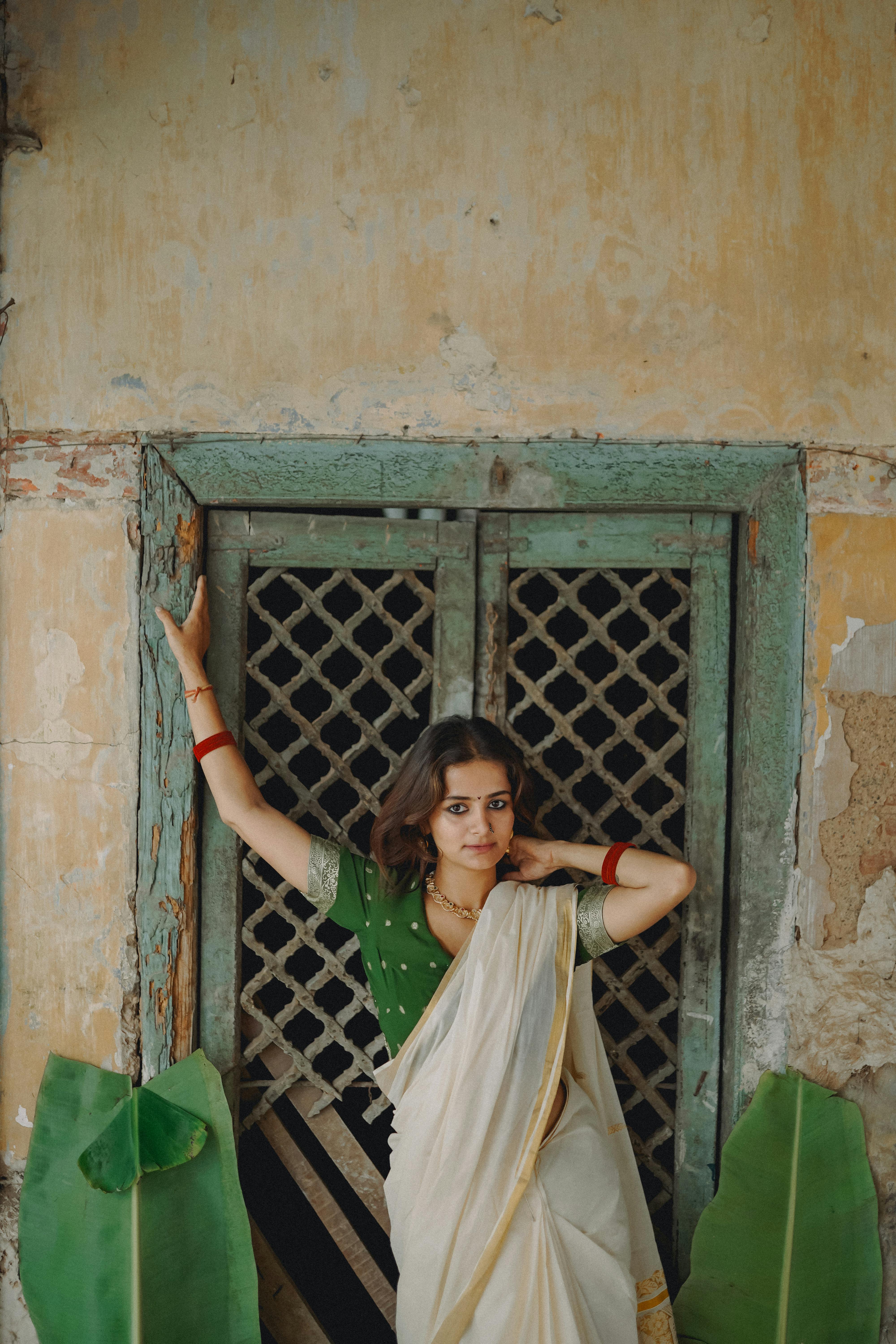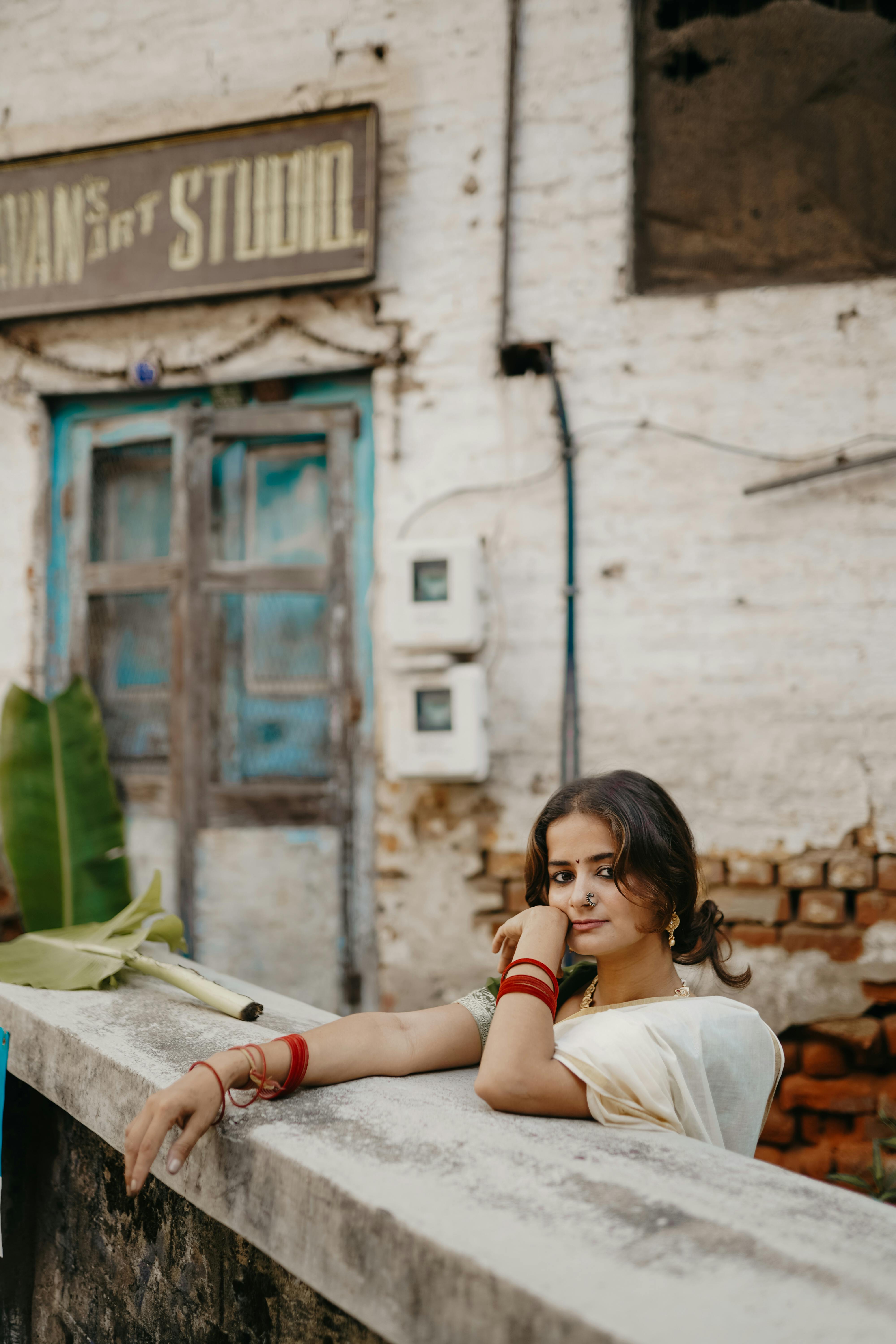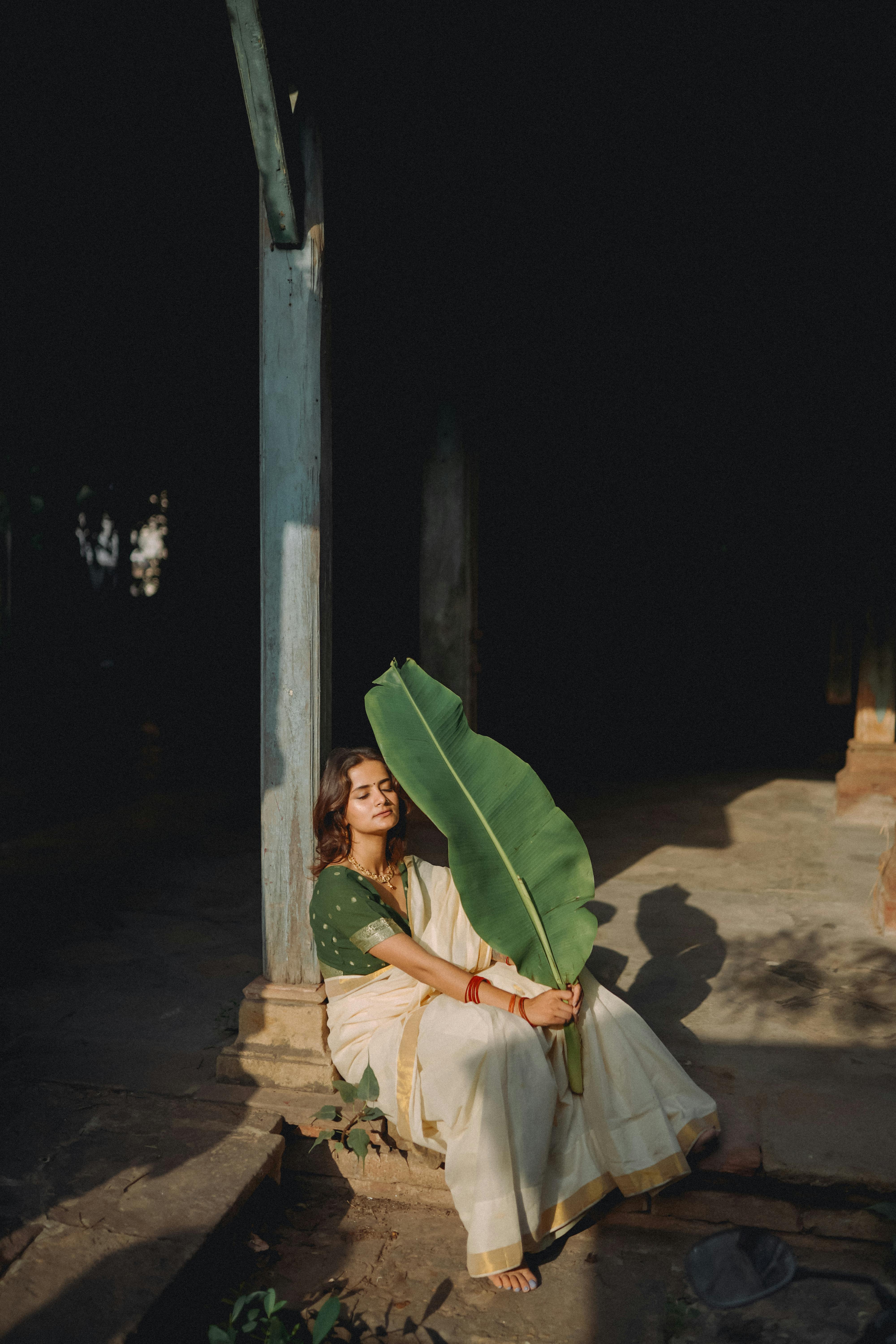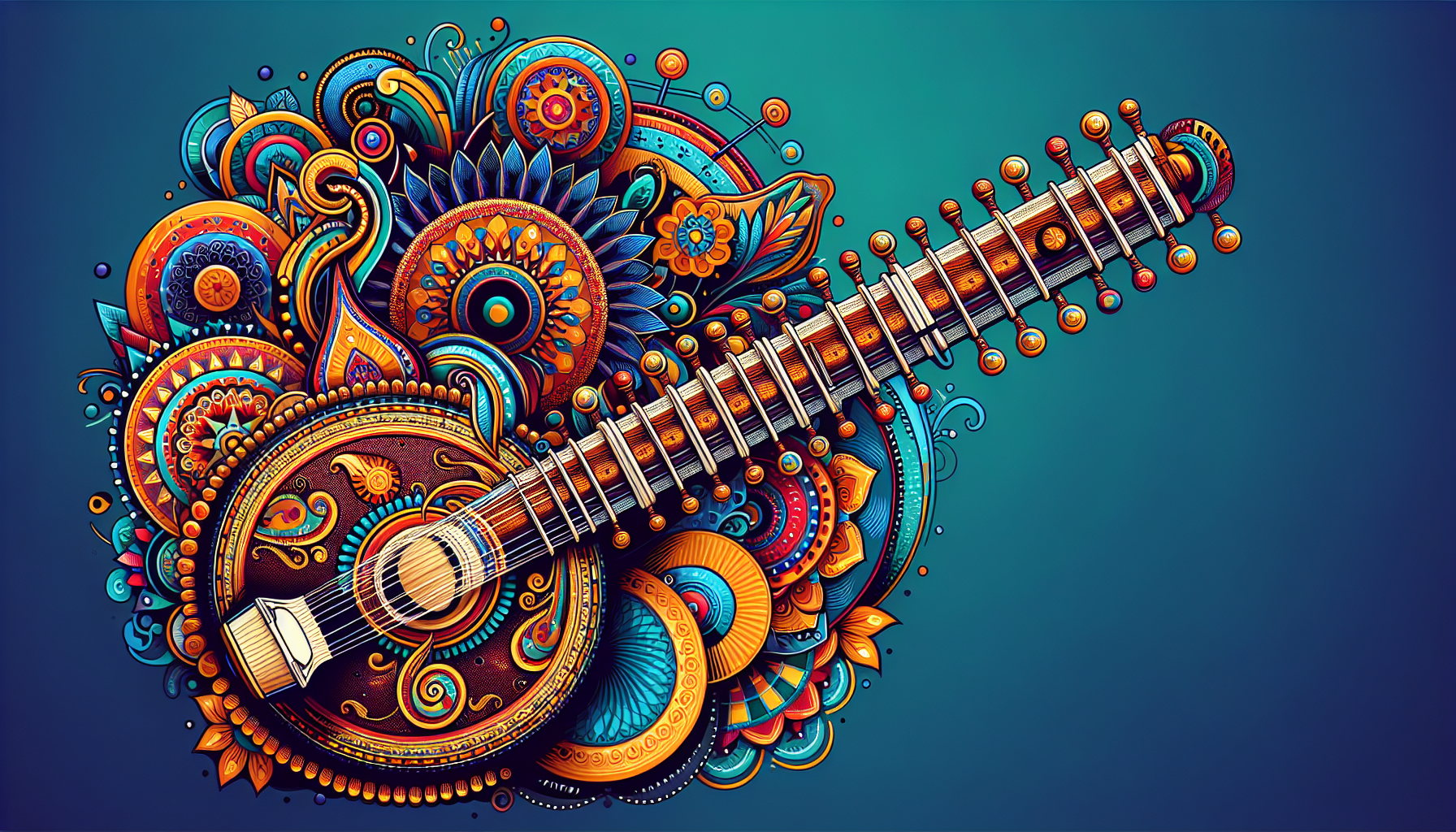Step into a world of captivating narratives and vibrant performances as we explore the art of storytelling in Indian folk theater. IndianCulture.com offers a fascinating glimpse into the linguistic and literary treasures of India, where the influence of Sanskrit, classical epics, and contemporary authors intertwine to celebrate the country’s rich literary heritage. Join us as we delve into the enchanting world of Indian folk theater, where stories come alive through a mesmerizing blend of music, dance, and theater.
The Origins of Indian Folk Theater

Origins in ancient rituals and traditions
Indian folk theater traces its origins back to ancient rituals and traditions that were deeply rooted in the cultural practices of various communities. These early theatrical performances were an integral part of religious ceremonies, social gatherings, and seasonal celebrations. The primitive forms of folk theater served as a way to connect with the divine and communicate with the spirits, invoking blessings, and appeasing deities.
Influence of regional and cultural diversity
One of the unique aspects of Indian folk theater is its diverse regional influences. Due to India’s rich cultural tapestry, the art form has evolved differently in various regions of the country. Each state and community has contributed its own distinctive style, reflecting their specific cultural practices, customs, and belief systems. This regional diversity has enriched Indian folk theater, making it a vibrant reflection of the country’s multicultural heritage.
Evolution into a distinct art form
Over time, Indian folk theater developed into a distinct art form, incorporating elements of music, dance, and drama. The fusion of different art forms resulted in the emergence of various regional folk theater traditions, each with its own unique storytelling techniques, performance styles, and thematic focus. Today, Indian folk theater stands as a testament to the creativity, resilience, and artistic expressions of the diverse communities across the country.
The Role of Storytelling in Indian Folk Theater
Storytelling as the heart of the performance
At the core of Indian folk theater is the art of storytelling. Stories, whether mythical, historical, or contemporary, form the foundation of the performances. Through vivid narratives, the performers captivate the audience’s imagination, transporting them into a world of enchantment, drama, and emotions. The power of storytelling lies in its ability to connect people, preserve culture, and evoke a range of emotions, leaving a lasting impact on the viewers.
Preserving and passing down oral traditions
Indian folk theater plays a crucial role in the preservation and transmission of oral traditions. Many of the stories performed today have been passed down orally from one generation to another, keeping alive the rich myths, legends, and folk tales of the past. Through the performances, these oral traditions are not only preserved but also revitalized, ensuring that future generations can continue to connect with their cultural heritage.
Engaging the audience through narratives
Indian folk theater is known for its ability to engage and involve the audience in the performance. The performers often interact with the viewers, inviting them to participate in the storytelling process. This active engagement enhances the immersive experience, creating a sense of community and collective participation. By involving the audience, Indian folk theater fosters a deeper connection between the performers and the spectators, making it a truly inclusive and interactive art form.
Traditional Forms of Indian Folk Theater
Ramlila – The enactment of Lord Rama’s life
Ramlila, a popular form of Indian folk theater, originated in the region of Uttar Pradesh. It is a vibrant enactment of the life of Lord Rama, based on the ancient epic Ramayana. The performances are held during the festival of Navaratri, spanning several days or even weeks. Ramlila brings together music, dance, and theatrical elements to recreate the epic story, showcasing the triumph of good over evil.
Nautanki – A vibrant mix of music, dance, and drama
Originating in the northern states of Uttar Pradesh and Rajasthan, Nautanki is a lively folk theater form known for its energetic performances. It blends music, dance, and drama to create a mesmerizing spectacle. Nautanki often incorporates satirical elements, social commentary, and humorous dialogues, making it a popular choice among the rural and urban communities alike.
Bhavai – The dramatic folk theater of Gujarat
Hailing from the state of Gujarat, Bhavai is a dramatic folk theater form that showcases the rich cultural heritage of the region. It combines music, dance, and drama to convey moral and social messages. Bhavai performances often explore themes of love, devotion, loyalty, and the virtues of righteousness. The highlight of Bhavai is the inclusion of balancing acts performed on the edge of a sword or glass.
Jatra – The folk-theater tradition of West Bengal
Jatra, a traditional folk theater form from West Bengal, incorporates music, dance, and drama to tell stories inspired by mythology, history, and contemporary issues. Jatra performances are characterized by vibrant costumes, melodious songs, and elaborate sets. The art form has evolved over the years and now includes modern social and political themes, making it relevant and engaging for today’s audiences.
Yakshagana – The Karnataka folk theater form
Yakshagana is a traditional folk theater form originating from Karnataka. It combines music, dance, dialogue, and elaborate costumes to bring mythological stories to life. Yakshagana performances often portray episodes from the Mahabharata and Ramayana, engaging the audience through captivating visuals and rhythmic storytelling. The intricately designed costumes and breathtaking makeup add to the grandeur and allure of Yakshagana.
The Artistic Elements of Indian Folk Theater

Music and dance in the storytelling
Music and dance play a pivotal role in Indian folk theater, enhancing the narrative and evoking emotions. Traditional instruments like tabla, dholak, harmonium, and sitar accompany the performances, creating a rhythmic backdrop for the actors. Dance movements, choreographed in various folk styles, add grace and vibrancy to the storytelling, creating a visual spectacle that captures the essence of the narrative.
Use of colorful costumes and masks
Indian folk theater is known for its elaborate costumes and masks that transport the audience into the world of the characters. Vibrant colors, intricate embroidery, and traditional motifs are incorporated into the costumes to portray the specific characters and their social status. Masks are often used to depict mythical creatures, deities, or supernatural beings, adding an element of mystique and theatricality to the performances.
Set and stage design
Aesthetically appealing set and stage design are integral to Indian folk theater. The stage is designed to reflect the cultural and historical context of the narrative, using props, backdrops, and structures that are characteristic of the region and time period. Attention to detail and meticulous craftsmanship bring authenticity and visual splendor to the performances, enhancing the overall theatrical experience.
Incorporation of props and visual effects
Props and visual effects are used creatively in Indian folk theater to enhance the storytelling and engage the audience. From simple handheld objects to elaborate contraptions, props are utilized to depict objects, weapons, and symbolic elements integral to the narrative. Visual effects, such as fire, smoke, and lighting, are employed strategically to create atmosphere and heighten the dramatic impact, leaving the viewers mesmerized.
The Themes and Subjects Explored in Indian Folk Theater
Epics and mythological stories
Indian folk theater often draws inspiration from ancient epics like the Ramayana and the Mahabharata. These timeless narratives are celebrated through captivating performances that bring the mythical characters, their struggles, and their triumphs to life. Epics provide a rich source of values, ethics, and life lessons, making them a popular choice for storytelling in folk theater.
Historical events and heroic legends
Folk theater in India also explores historical events and legends that have shaped the collective consciousness of the society. Stories of valiant warriors, noble kings, and historical milestones are presented through performances that not only entertain but also educate the audience about their cultural heritage.
Social issues and contemporary topics
Indian folk theater has evolved with the changing times and addresses social issues and contemporary topics. By adopting a narrative approach, folk theater serves as a medium to voice concerns, challenge societal norms, and inspire conversations about relevant issues, such as gender equality, caste discrimination, and environmental conservation. Through these performances, folk theater becomes a catalyst for social change and awareness.
Moral and ethical dilemmas
Folk theater often delves into moral and ethical dilemmas, presenting complex situations that challenge the characters and the audience alike. By exploring the gray areas of human behavior, folk theater encourages introspection, reflection, and discussions about moral choices and their consequences. These thought-provoking narratives foster a sense of empathy, compassion, and critical thinking among the viewers.
The Techniques of Indian Folk Theater
Gesture and body language
Indian folk theater relies heavily on gesture and body language to convey emotions, portray characters, and communicate with the audience. Performers use subtle movements, facial expressions, and hand gestures, known as mudras, to depict various emotions, actions, and situations. These physical expressions are integral to the storytelling process, enabling the audience to connect with the characters and their experiences.
Improvisation and audience interaction
Improvisation and audience interaction are key components of Indian folk theater. The performers often adapt to the energy and response of the audience, incorporating spontaneous dialogues, witty remarks, and interactive moments that keep the viewers engaged. The ability to improvise adds a sense of liveliness and unpredictability to the performances, making them unique and enjoyable for each audience.
Rhythm and music synchronization
The rhythmic elements of Indian folk theater play a crucial role in creating a seamless flow of the performance. Performers synchronize their movements, dialogue delivery, and dance steps with the music, creating a harmonious blend of visuals and sounds. The rhythm of the music guides the performers, enhancing the storytelling and captivating the audience with its melodic and rhythmic patterns.

Characterization and voice modulation
Characterization and voice modulation are essential techniques employed in Indian folk theater to breathe life into the characters. The actors transform themselves through physicality, vocal variations, and mannerisms that capture the essence of the roles they portray. By modulating their voices, performers create distinct identities for each character, establishing a connection with the audience and immersing them in the narrative.
The Impact of Indian Folk Theater on Society
Preserving cultural heritage
Indian folk theater plays a crucial role in preserving the cultural heritage of the country. Through its performances, folk theater keeps ancient traditions alive, passing on stories, values, and customs from one generation to another. By celebrating the richness and diversity of Indian culture, folk theater helps in cultivating a sense of pride and identity among communities.
Promoting social cohesion
Folk theater acts as a unifying force, bringing people together and fostering social cohesion. The shared experience of watching a performance, regardless of caste, religion, or social status, creates a sense of belonging and collective identity. By transcending barriers, folk theater helps to bridge divides and create a more inclusive society.
Educating and entertaining the masses
Indian folk theater has always been a medium for both education and entertainment. The performances not only entertain the masses but also educate them about historical events, moral values, and contemporary issues. Folk theater, with its accessibility and relatability, becomes a powerful tool for imparting knowledge and promoting social awareness.
Empowering marginalized communities
Folk theater provides a platform for marginalized communities and voices to be heard. It gives them an opportunity to tell their stories, express their struggles, and assert their identities. By empowering these communities, folk theater challenges societal stereotypes, breaks down barriers, and promotes inclusivity and social equity.
Influences of Indian Folk Theater on Contemporary Art
Inspiring modern theater and performing arts
Indian folk theater has had a profound influence on contemporary theater and performing arts in India. Many theater groups and artists draw inspiration from traditional folk forms and incorporate their techniques, themes, and storytelling styles into modern productions. This cross-pollination of ideas and techniques has enriched the artistic landscape, creating new and innovative forms of expression.
Incorporating folk elements in mainstream media
Folk elements from Indian folk theater have also found their way into mainstream media, including films, television shows, and popular music. The vibrant costumes, music, and dance styles have been adopted and adapted to create visually stunning and culturally rich content. This integration of folk elements in mainstream media has not only increased its popularity but also ensured its longevity and relevance.
Revival and preservation efforts
The recognition and appreciation of Indian folk theater have led to various revival and preservation efforts. Cultural organizations, theater enthusiasts, and scholars have worked tirelessly to document, archive, and pass on the knowledge and techniques of folk theater to future generations. These endeavors aim to safeguard the legacy of folk theater and ensure its continued growth and recognition.
The Challenges Faced by Indian Folk Theater
Lack of financial support and infrastructure
One of the significant challenges faced by Indian folk theater is the lack of financial support and infrastructure. Folk theater groups often struggle to secure funding for their productions, limiting their ability to invest in quality performances, training, and promotion. Additionally, the absence of dedicated performance spaces and technical facilities hinders the growth and visibility of folk theater.
Diminishing interest among younger generations
With the rise of modern entertainment forms and changing lifestyles, there has been a diminishing interest among younger generations in traditional folk theater. The allure of digital media, urbanization, and globalization has made it challenging for folk theater to compete for attention and engage the younger audience. Efforts are needed to create awareness, educate, and cultivate an appreciation for this age-old art form among the youth.
Threats to traditional storytelling techniques
Indian folk theater relies heavily on oral traditions, which are vulnerable to threats such as the loss of skilled performers, changing social dynamics, and the dominance of written literature. The transmission of knowledge from one generation to another is at risk, as traditional storytelling techniques struggle to keep up with the demands of a rapidly evolving society. Preserving these techniques and adapting them to the changing times is crucial to ensure the survival of folk theater.
Competition with modern forms of entertainment
Modern forms of entertainment, such as movies, television, and digital platforms, pose significant competition to Indian folk theater. These mediums offer convenience, greater accessibility, and a wider audience reach, making it challenging for folk theater to retain its popularity and relevance. Finding innovative ways to integrate folk theater with modern technology and platforms can help bridge this gap and attract a new generation of theater enthusiasts.
Promoting and Sustaining Indian Folk Theater
Government initiatives and funding
Government initiatives and financial support play a vital role in promoting and sustaining Indian folk theater. Increased funding for training programs, infrastructure development, and performance opportunities can provide a boost to the art form. Collaboration between government agencies, artists, and cultural organizations can help create an enabling environment for the growth and preservation of folk theater.
Collaboration with cultural organizations
Collaboration with cultural organizations and institutions can facilitate the promotion and sustainability of Indian folk theater. By organizing workshops, festivals, and performances, these organizations create platforms for artists to showcase their talent, exchange ideas, and connect with larger audiences. Such collaborations also foster cross-cultural understanding and a deeper appreciation for the rich artistic diversity of India.
Creating awareness through festivals and events
Organizing festivals and events dedicated to Indian folk theater can help create awareness and generate interest among the general public. These platforms allow artists from different regions to come together, share their artistry, and expose audiences to the magnificent world of folk theater. By celebrating the cultural heritage of India, these festivals inspire pride and encourage support for the art form.
Integration of folk theater in educational curricula
Integrating folk theater into educational curricula can go a long way in nurturing the next generation of artists and audiences. By introducing students to the history, techniques, and themes of folk theater, educational institutions can instill an appreciation for this art form from a young age. Workshops and performances in schools and colleges can further engage students and spark their interest in folk theater.
In conclusion, Indian folk theater is a rich and diverse art form that has deep roots in ancient rituals and traditions. The art of storytelling lies at the heart of folk theater, preserving oral traditions, engaging the audience, and exploring a wide range of themes. Through its various traditional forms, Indian folk theater showcases the artistic elements of music, dance, costumes, and stage design. The techniques used, such as gesture, improvisation, and voice modulation, add depth and authenticity to the performances. Indian folk theater has a profound impact on society, preserving cultural heritage, promoting social cohesion, and empowering marginalized communities. While facing challenges, efforts such as government support, collaborations, awareness-building, and educational integration can help promote and sustain folk theater in India. Its influences on contemporary art, mainstream media, and revival efforts demonstrate its lasting legacy and importance in the cultural fabric of the country.
